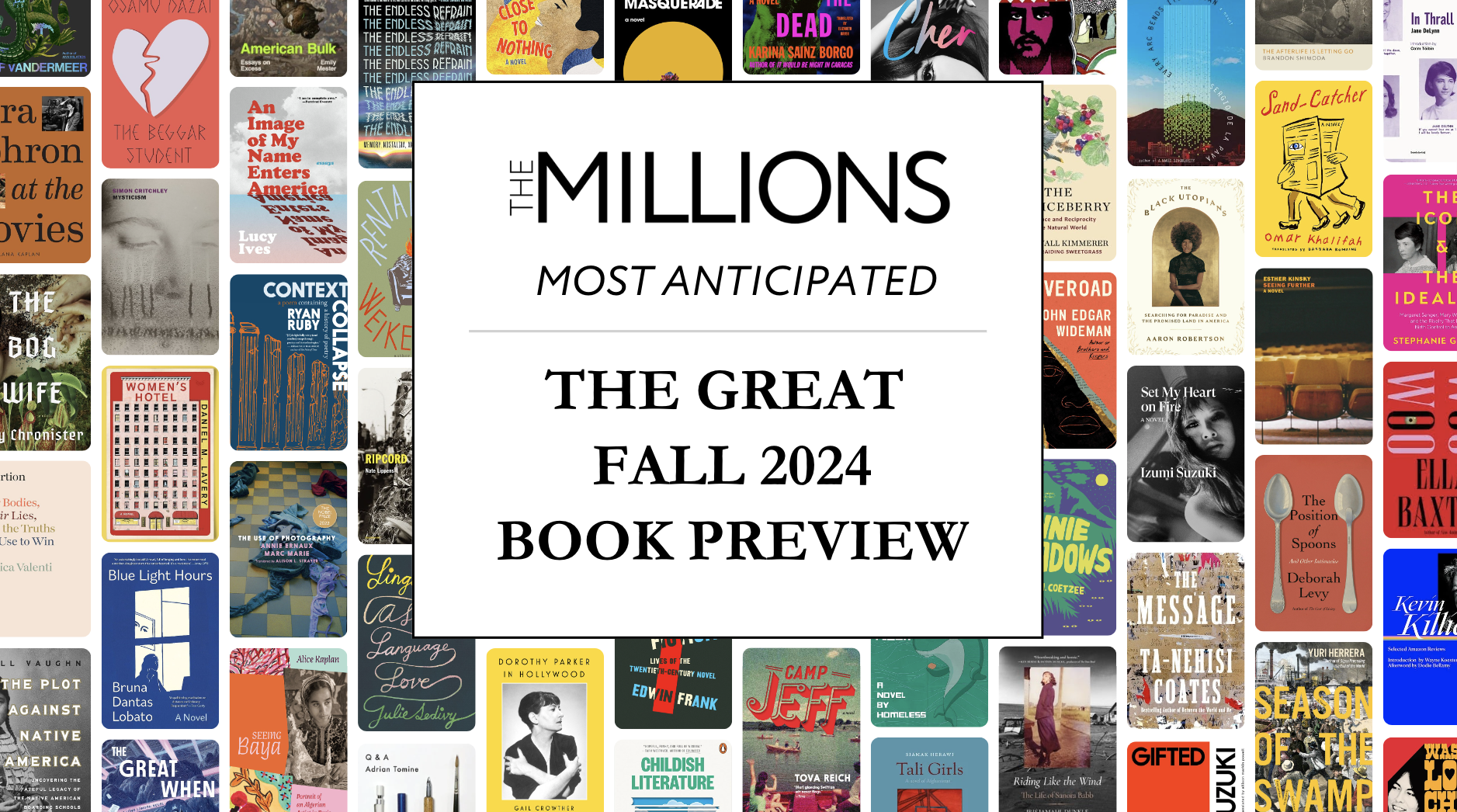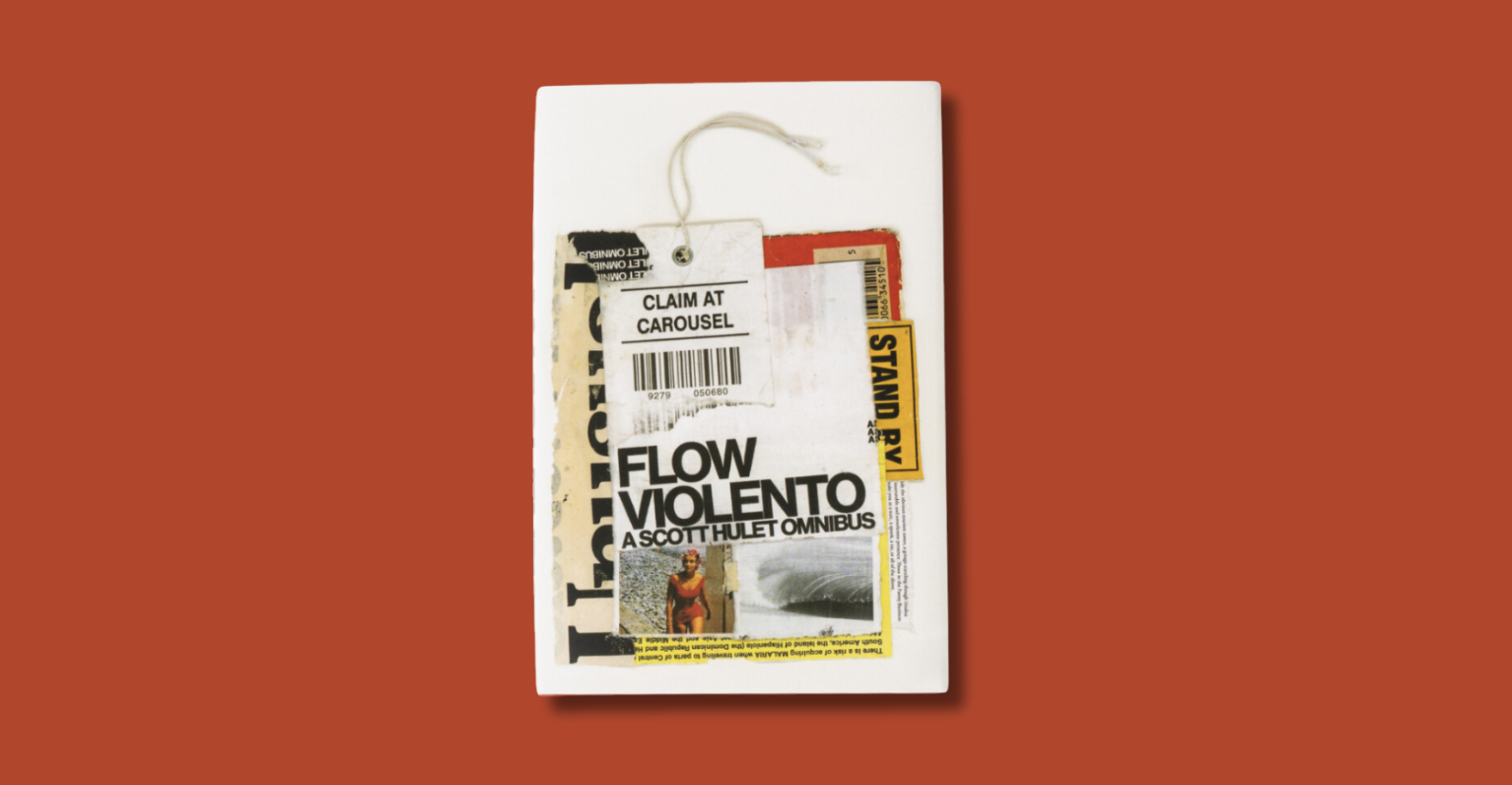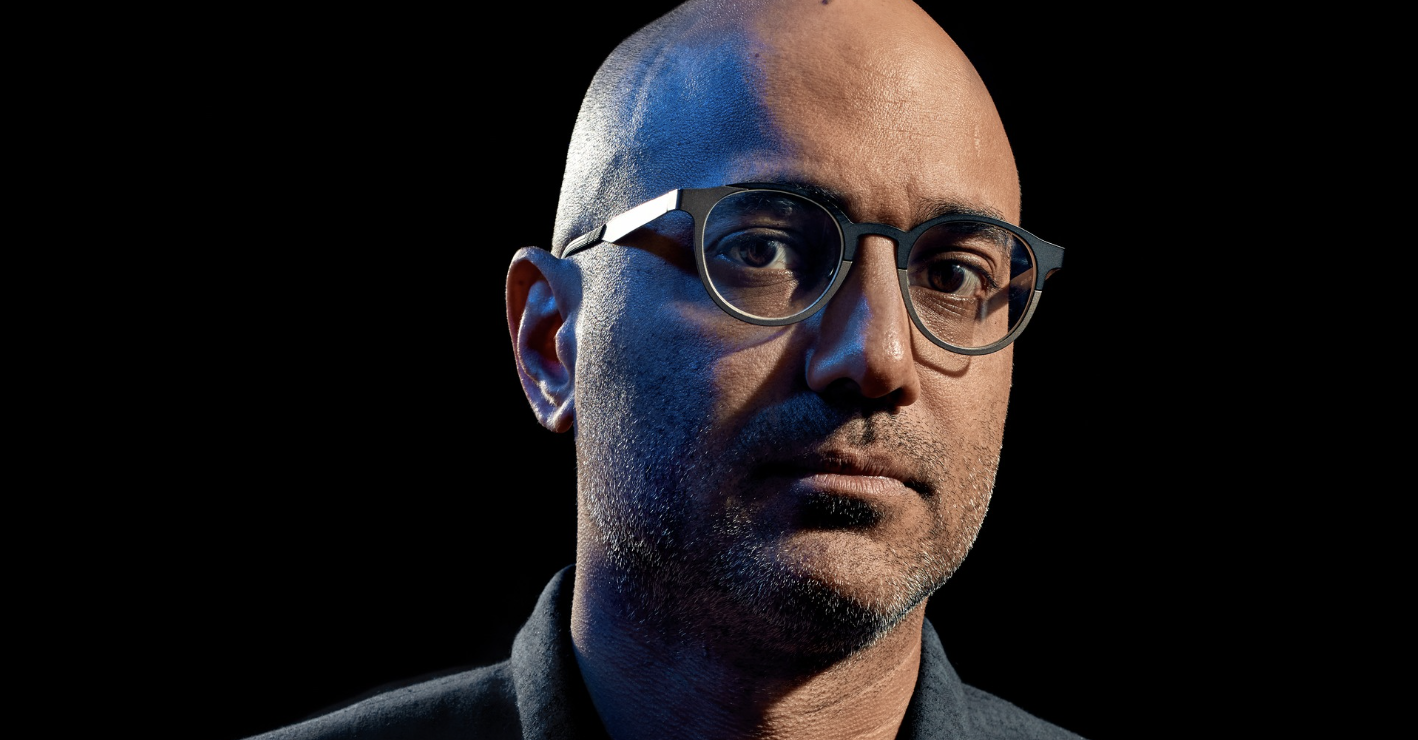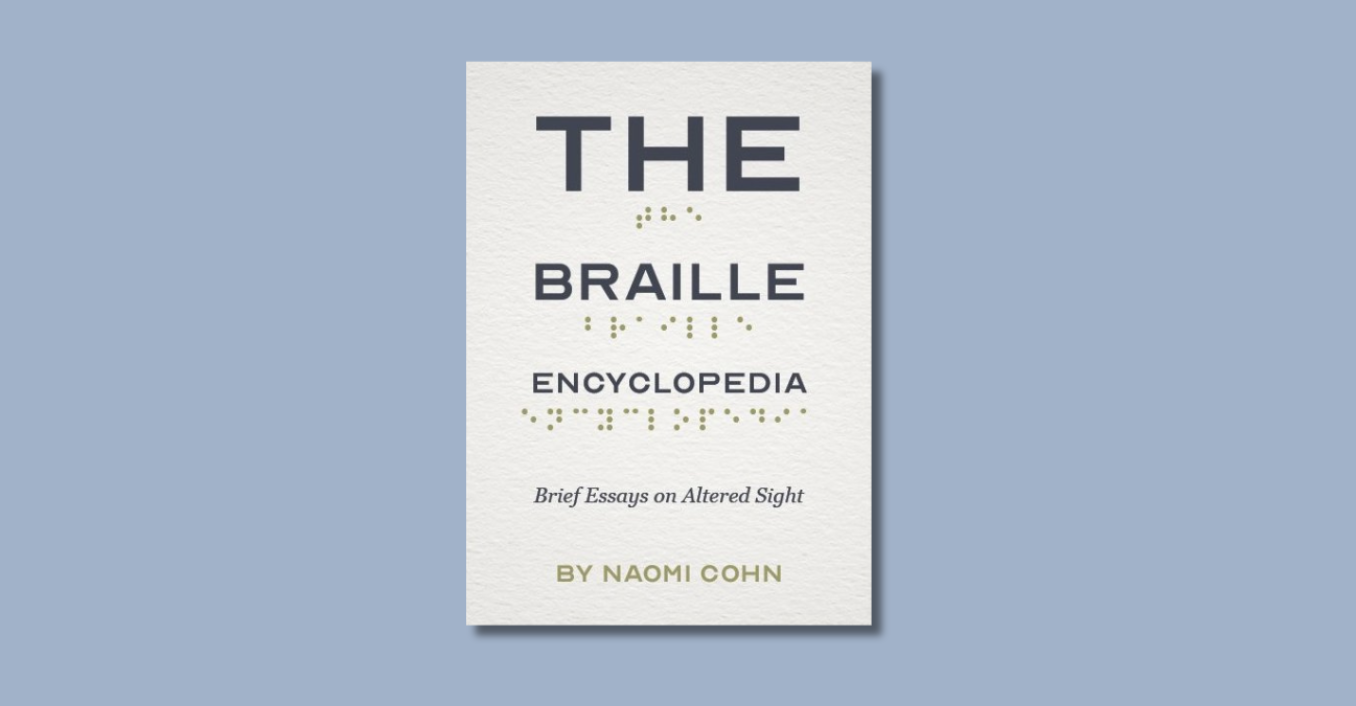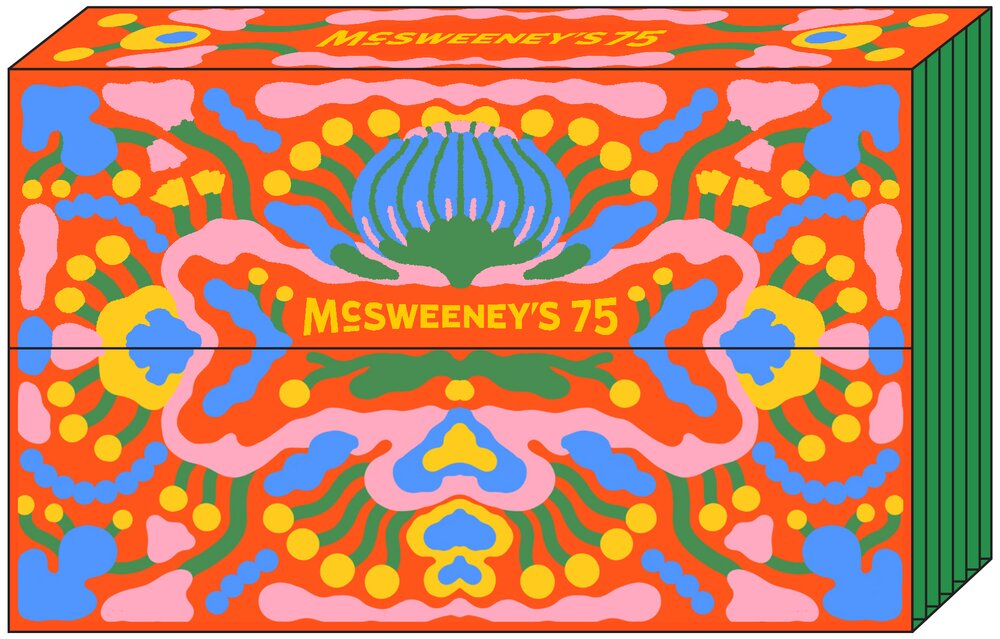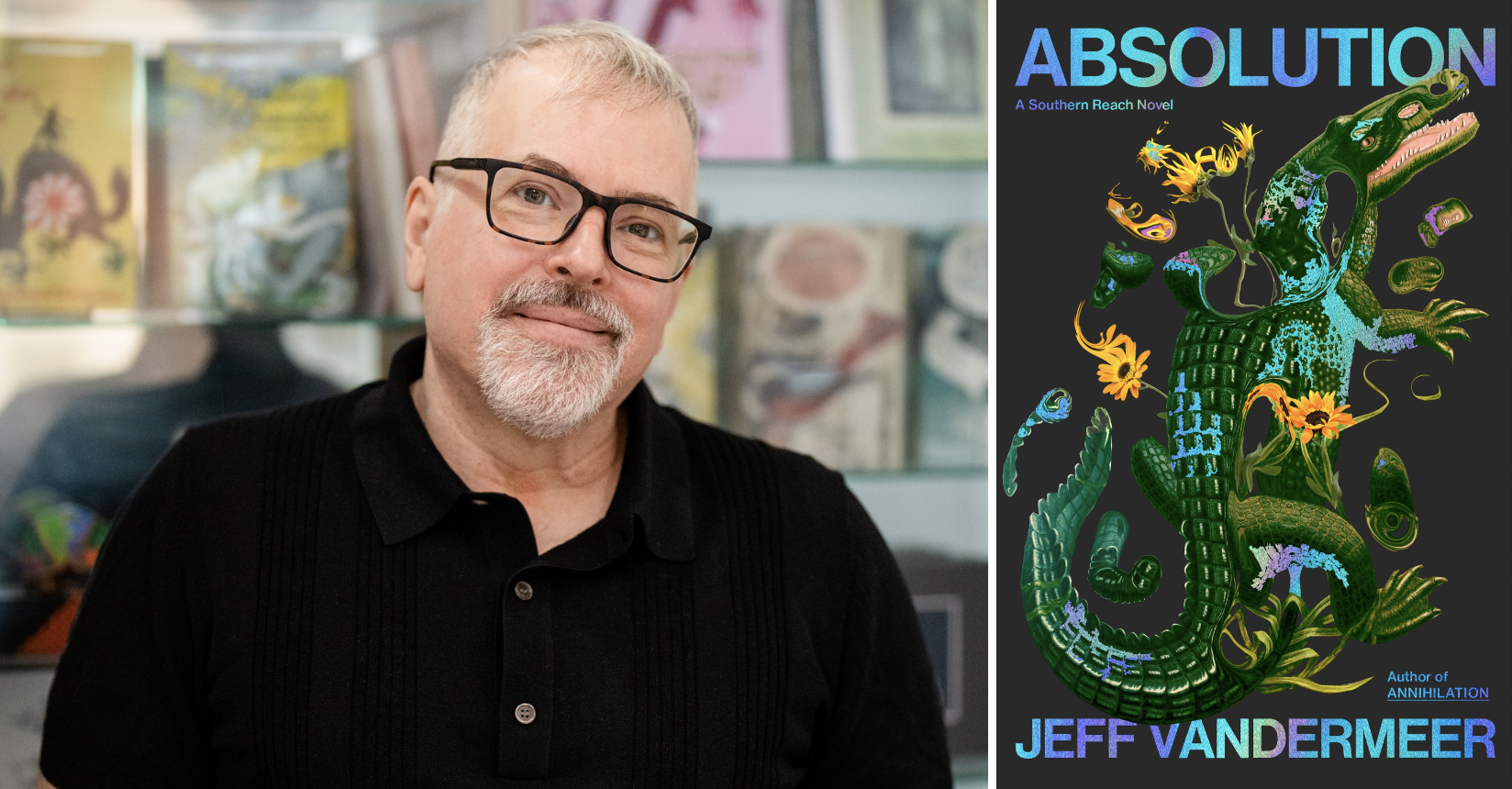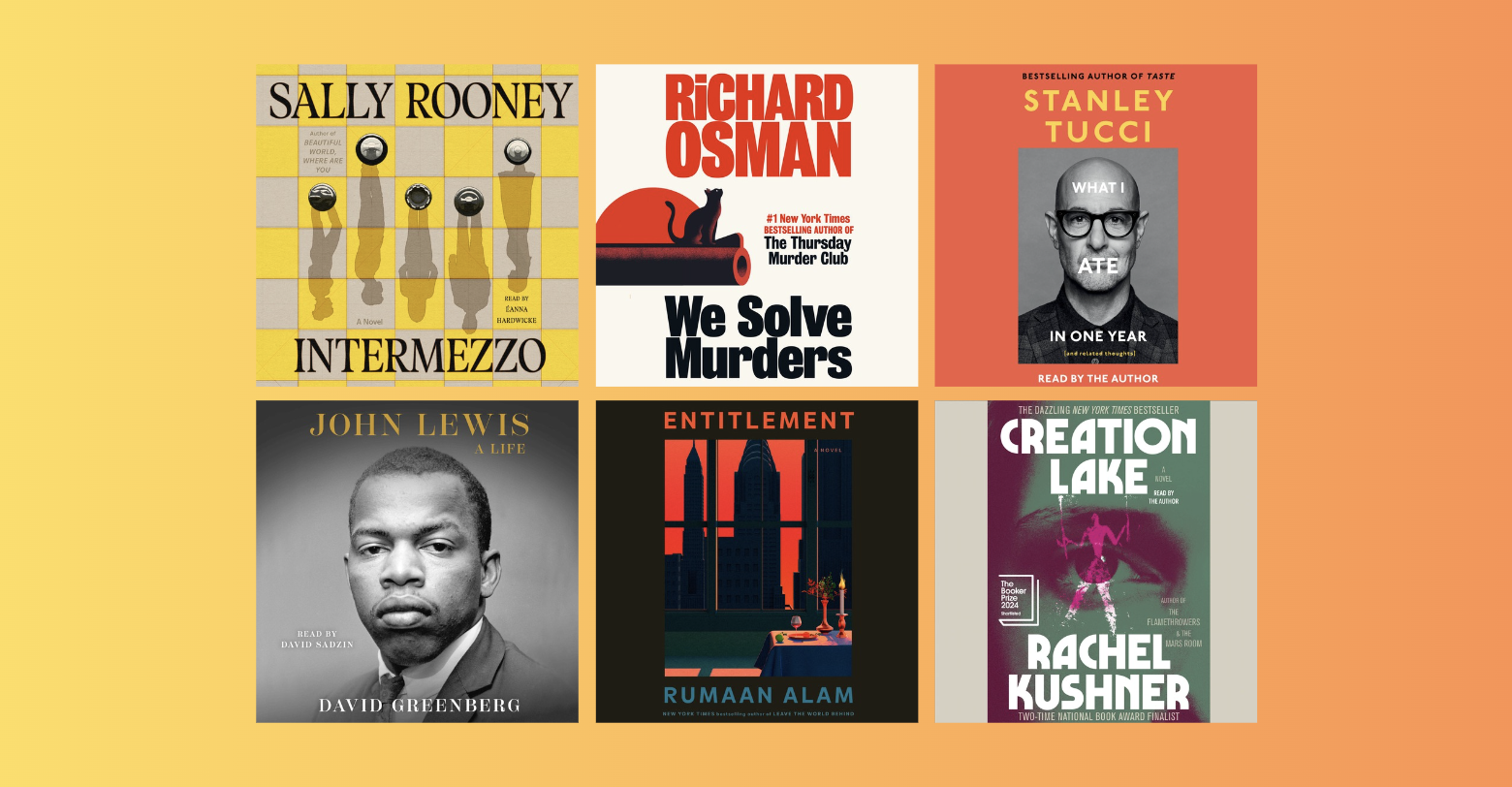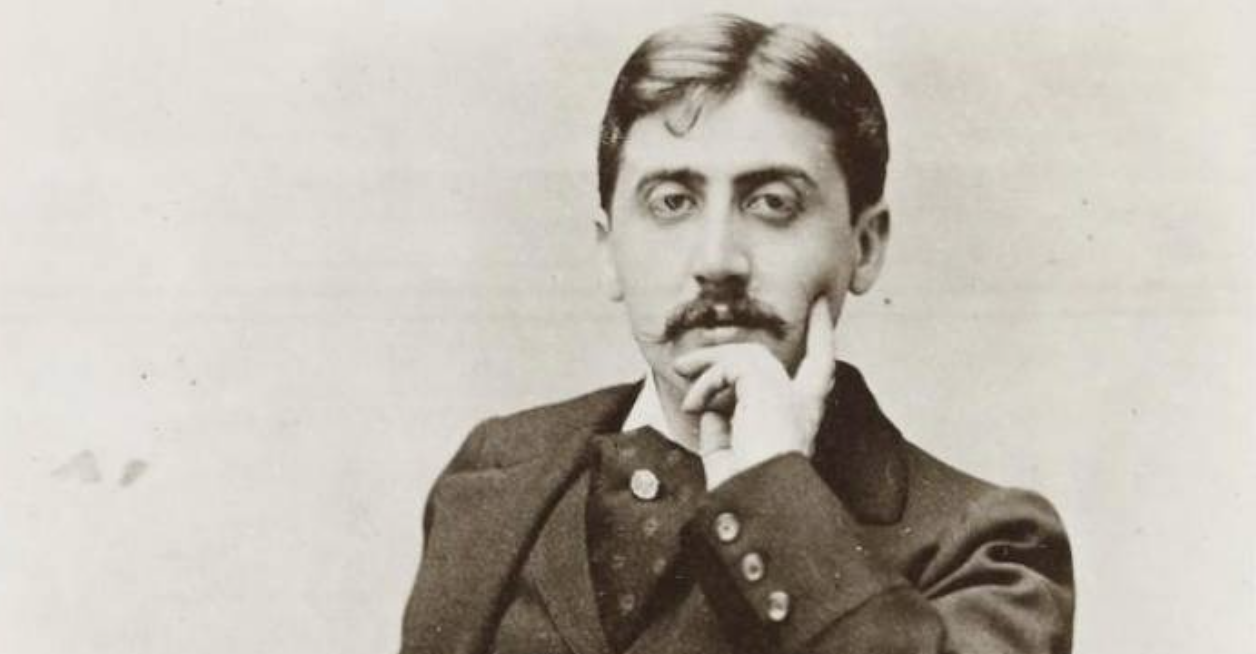“Setting is often the last piece of the jigsaw. I start somewhere else—with a kind of a premise, a set of relationships, a theme—and I often have a long period when I can’t figure out where the story should be put down. I find myself going location hunting. Not just for a time and place, but also for a genre, if you like.” Kazuo Ishiguro on the Hazlitt podcast. For more things Ishiguro, here is our own Lydia Kiesling’s review of Ishiguro’s latest novel, The Buried Giant.
